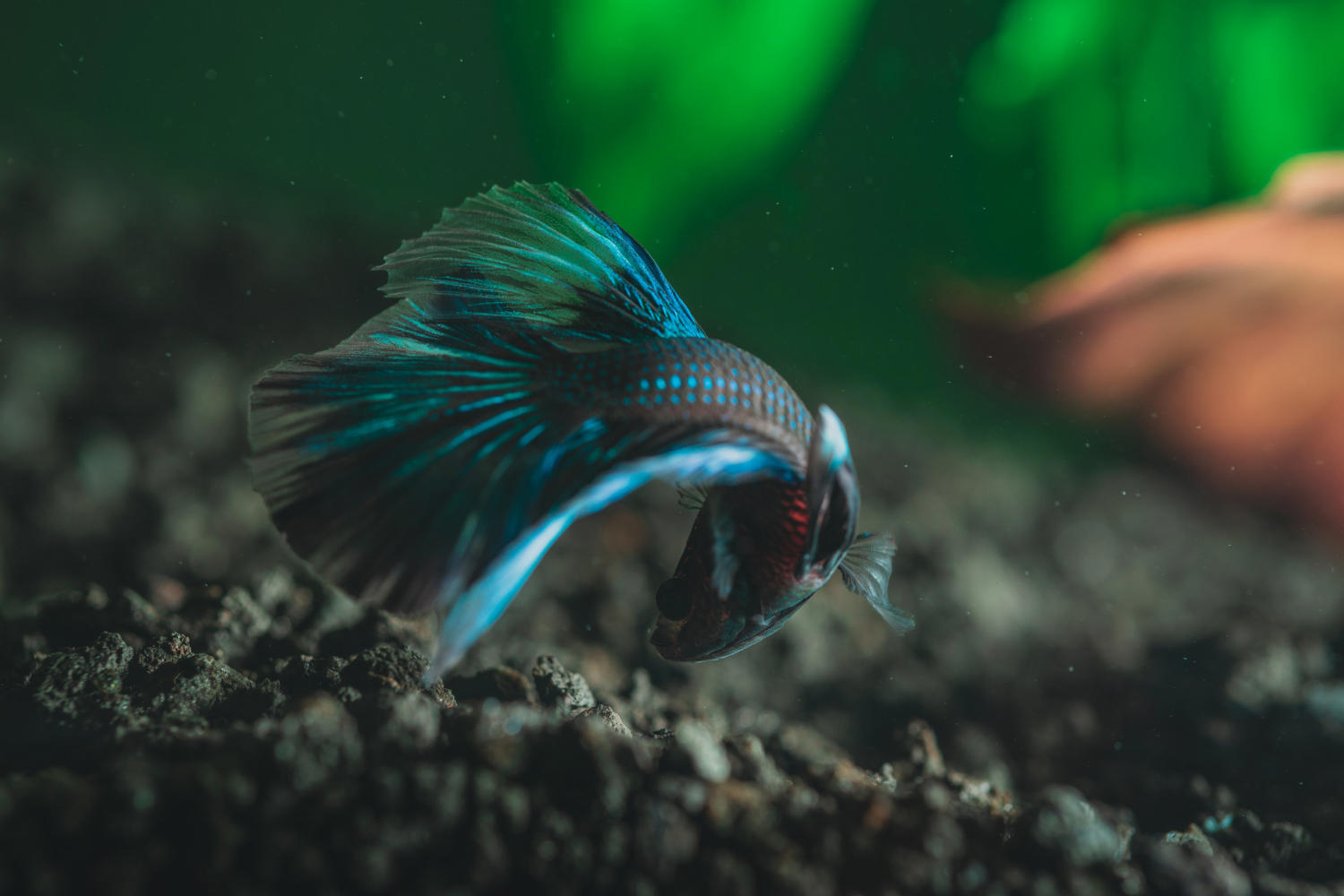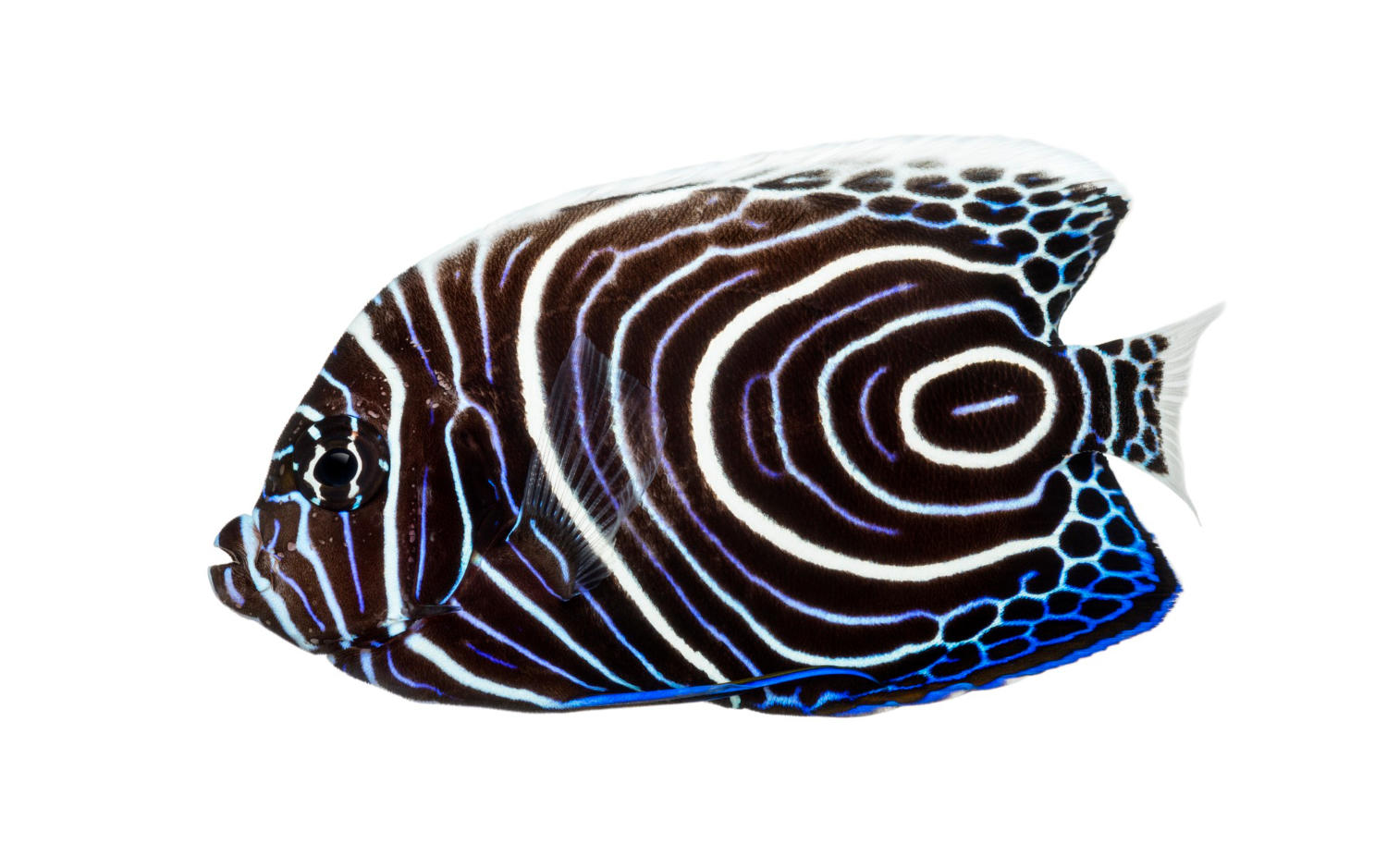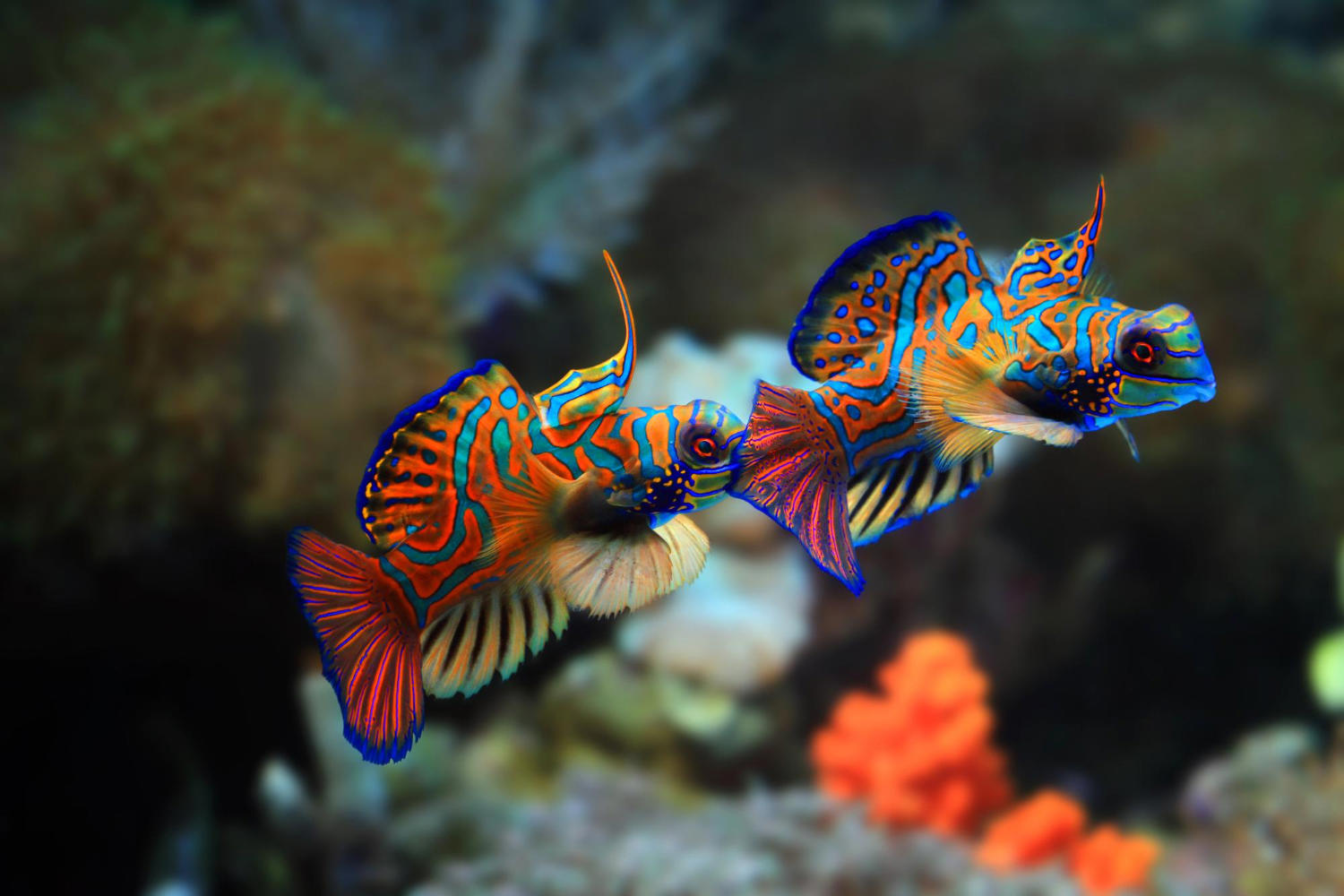Whether you’re a professional fisherman or just a hobbyist, transporting fish can be a tricky task. Fish are delicate creatures that require a specific environment to thrive in, and if not transported properly, they can become stressed, injured, or even die. That’s why it’s important to know the best practices for safely and securely transporting your fish. In this blog post, we’ll cover everything you need to know about fish transportation, from choosing the right container to keeping your fish comfortable during the journey. So, whether you’re transporting fish for a competition or just relocating your pets, read on for our top tips and tricks for safe fish transportation.
Fish Transportation 101: Tips and Tricks for Safe and Secure Transport
Transporting fish can be a tricky process. Whether you’re moving your fish to a new home or taking them to a show, it’s important to take the necessary precautions to ensure their safety and well-being. In this article, we’ll cover some tips and tricks for safe and secure fish transportation.
1. Plan ahead
Before you start the transportation process, it’s important to plan ahead. This means researching the specific needs of your fish species and preparing all necessary equipment ahead of time. For example, if you’re transporting saltwater fish, you’ll need to make sure you have a container with the appropriate salinity levels.
2. Choose the right container
When it comes to choosing a container for fish transportation, there are a few options to consider. The most common containers used for fish transportation are plastic bags and foam boxes. Plastic bags are ideal for short trips, while foam boxes are better for longer journeys.
3. Prepare the container
Once you’ve chosen your container, it’s important to prepare it properly. For plastic bags, you’ll need to fill the bag with oxygen and seal it tightly. For foam boxes, you’ll need to add a layer of insulation to the bottom and sides to help regulate the temperature.
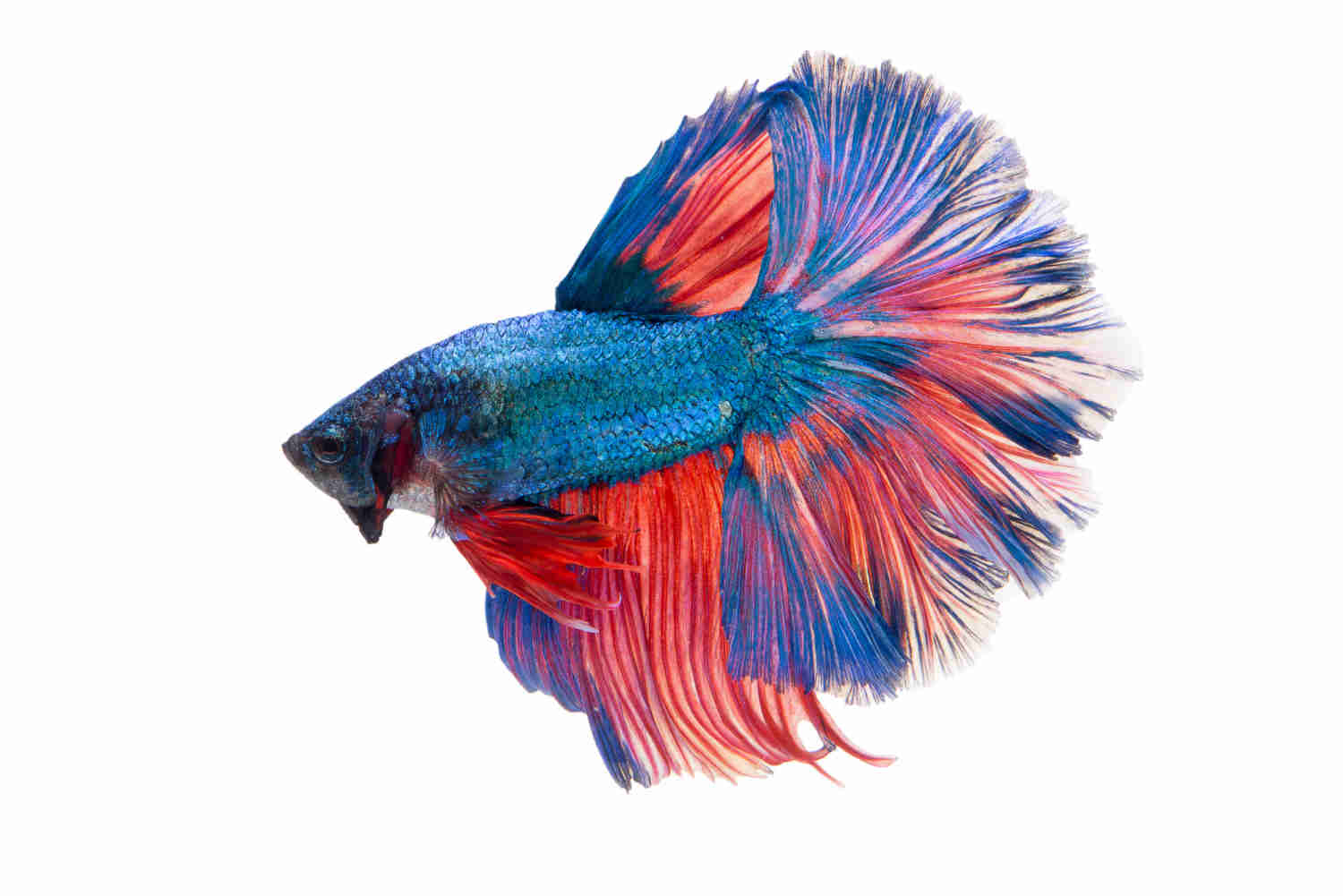
4. Maintain water quality
Fish are sensitive to changes in water quality, so it’s important to maintain optimal conditions during transportation. This means ensuring that the water temperature, pH levels, and salinity levels are appropriate for your fish species. You should also use a water conditioner to remove any chlorine or other harmful chemicals from the water.
5. Keep the fish calm
Fish can become stressed during transportation, which can lead to health problems. To keep your fish calm, it’s important to minimize any sudden movements or jolts. You can also use a stress coat or other calming agents to help reduce anxiety.
6. Monitor the fish
During transportation, it’s important to monitor your fish closely. Keep an eye out for any signs of distress, such as rapid breathing or erratic swimming patterns. If you notice any issues, it’s important to take action quickly to prevent further harm.
7. Unpack the fish carefully
Once you’ve arrived at your destination, it’s important to unpack your fish carefully. This means acclimating them slowly to their new environment and ensuring that the water conditions are optimal before releasing them into their new home.
Overall, transporting fish can be a challenging process, but with the right preparation and care, it can be done safely and securely. By planning ahead, choosing the right container, maintaining water quality, keeping the fish calm, monitoring their well-being, and unpacking them carefully, you can ensure that your fish arrive at their destination healthy and happy.
In conclusion, transporting fish may seem like a daunting task, but with the right knowledge and preparation, it can be done safely and securely. Remember to choose the appropriate transport container, acclimate your fish properly, and provide them with sufficient oxygen and support. And if you encounter any problems during the journey, don’t hesitate to make adjustments or seek professional help. By following these tips and tricks, you can ensure that your fish arrive at their destination healthy and happy. Safe travels!


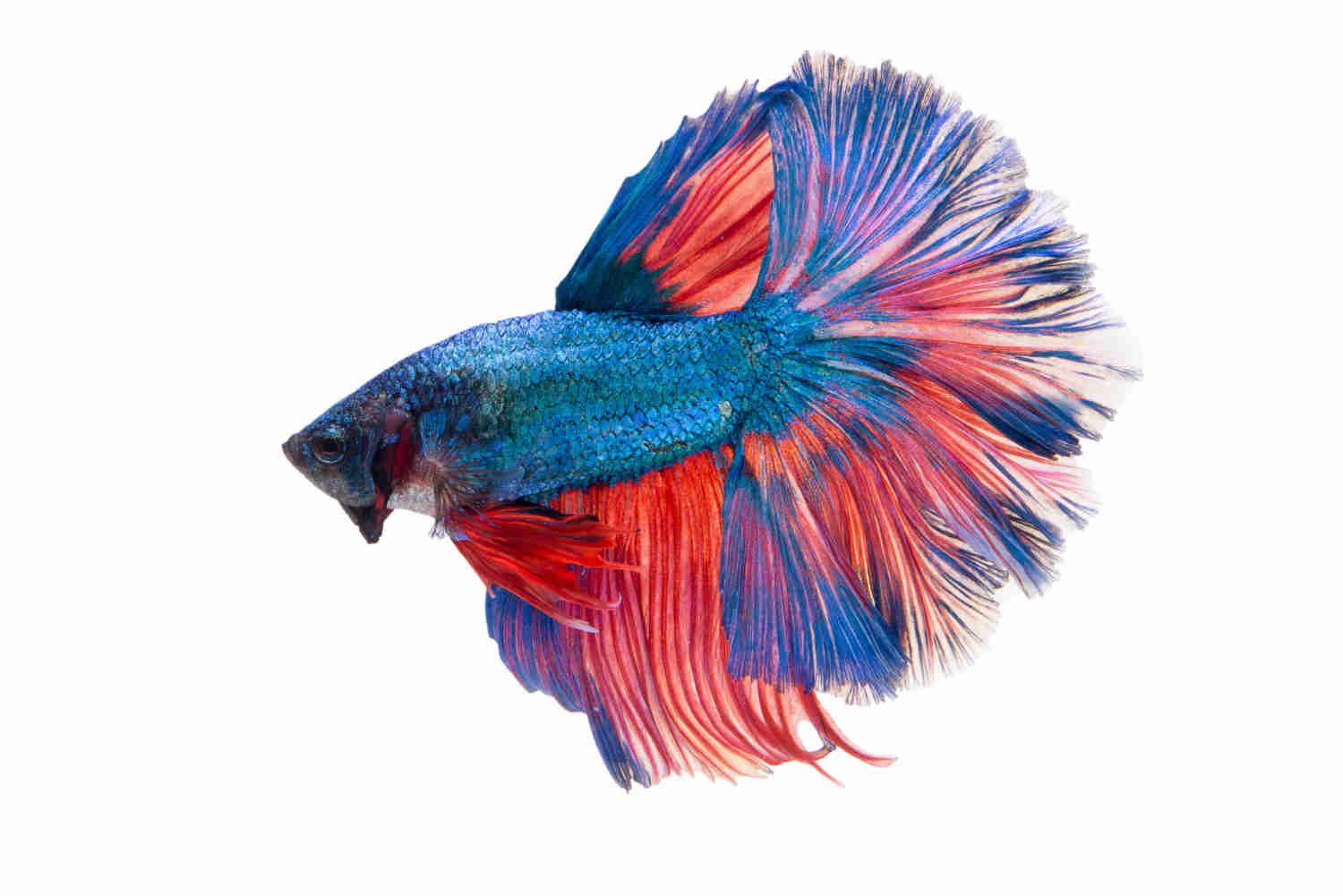
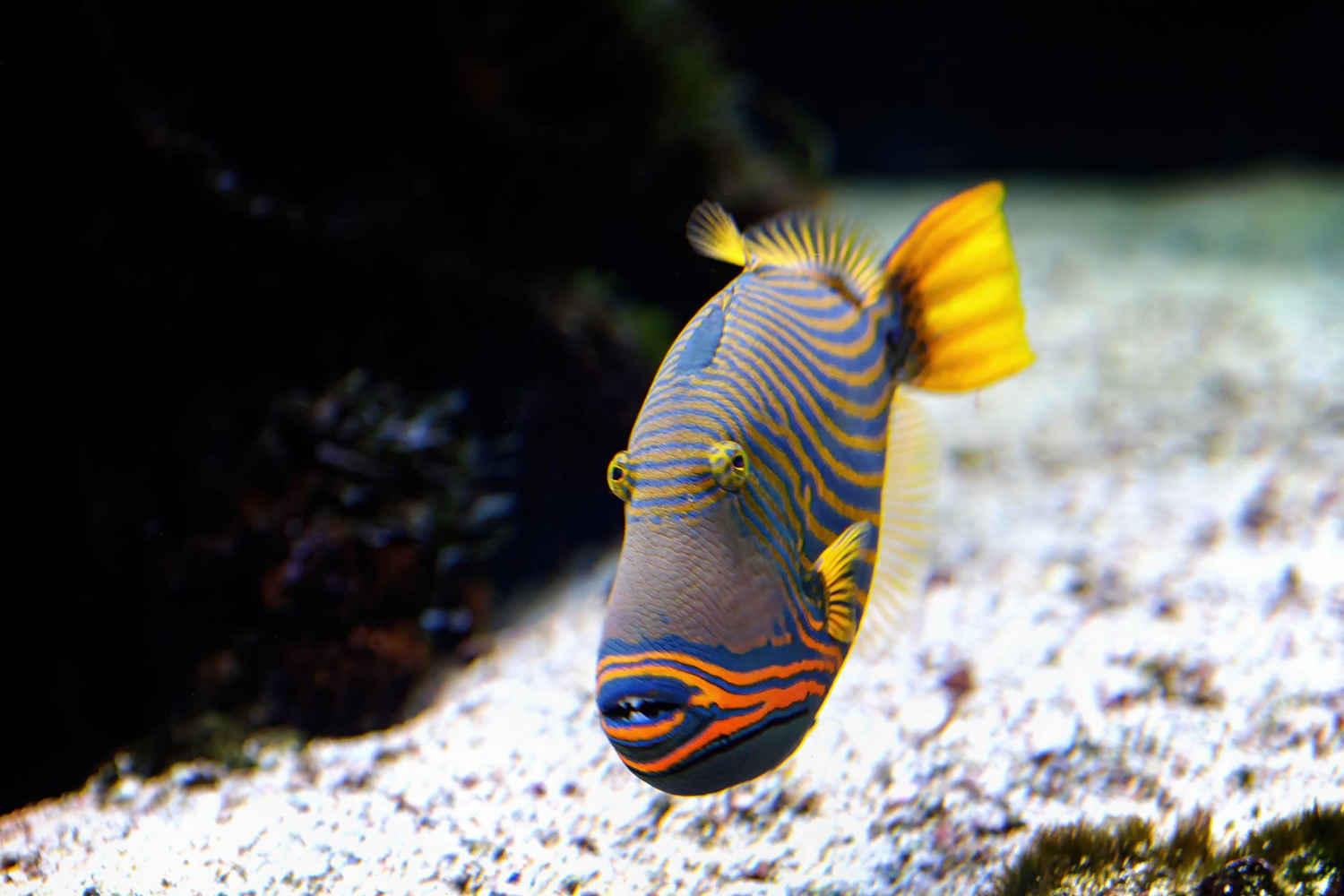
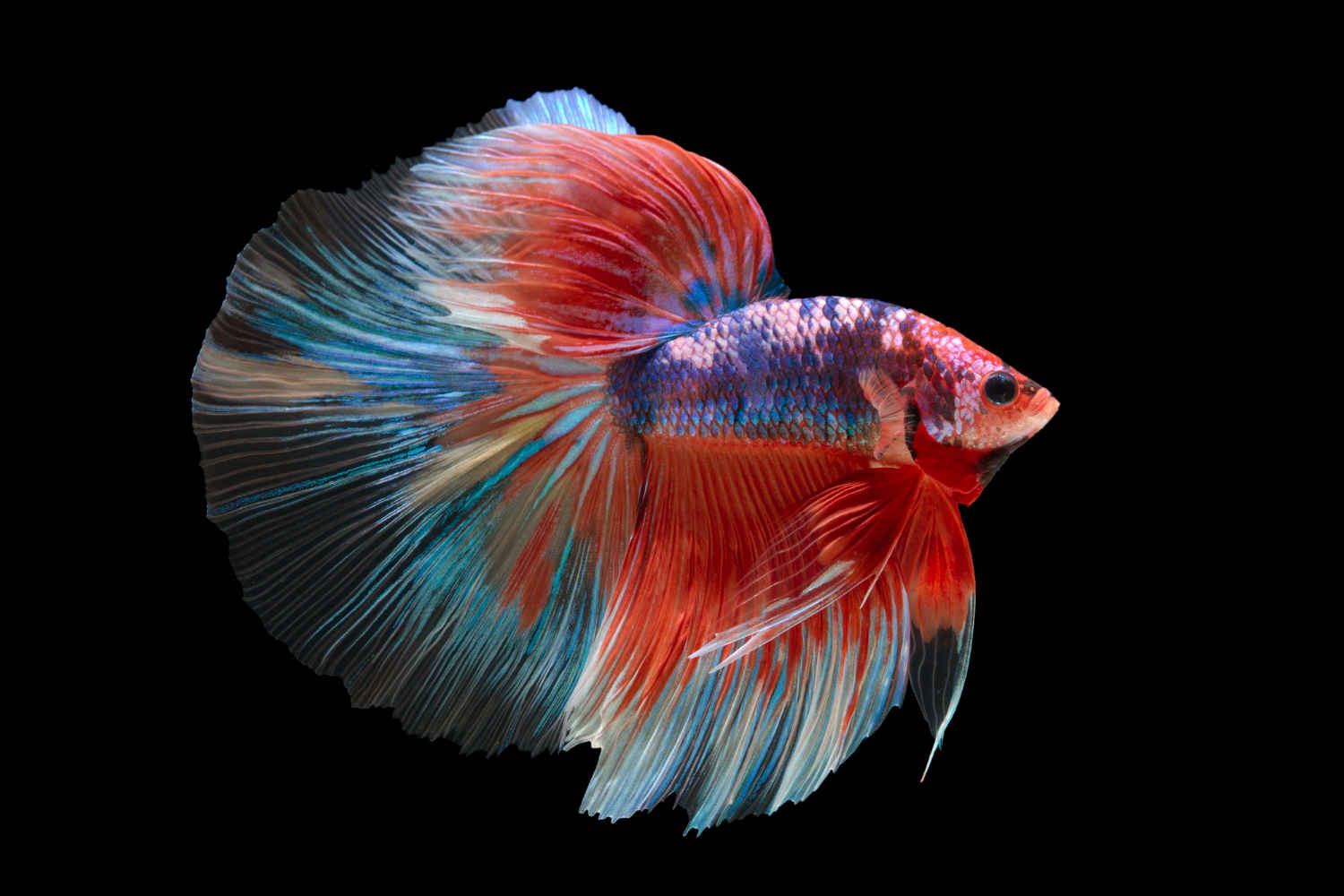
%20-%20Copy.jpg)
